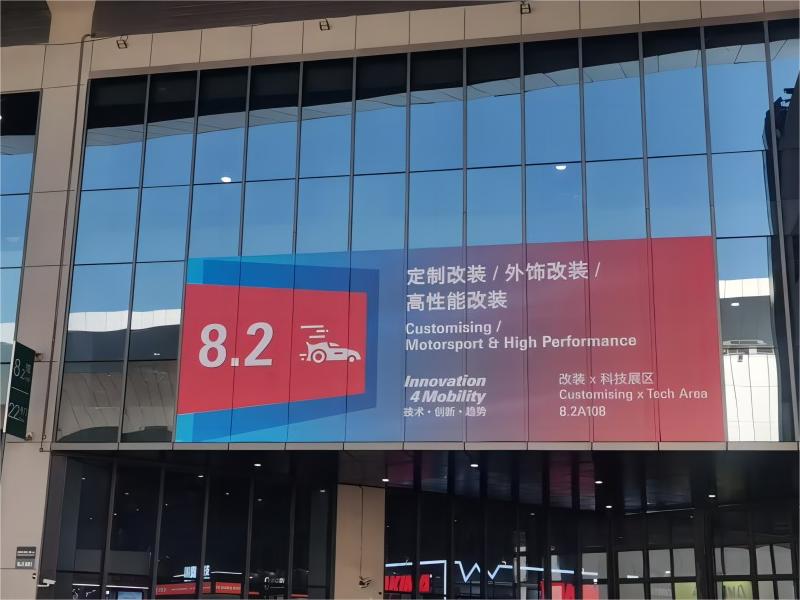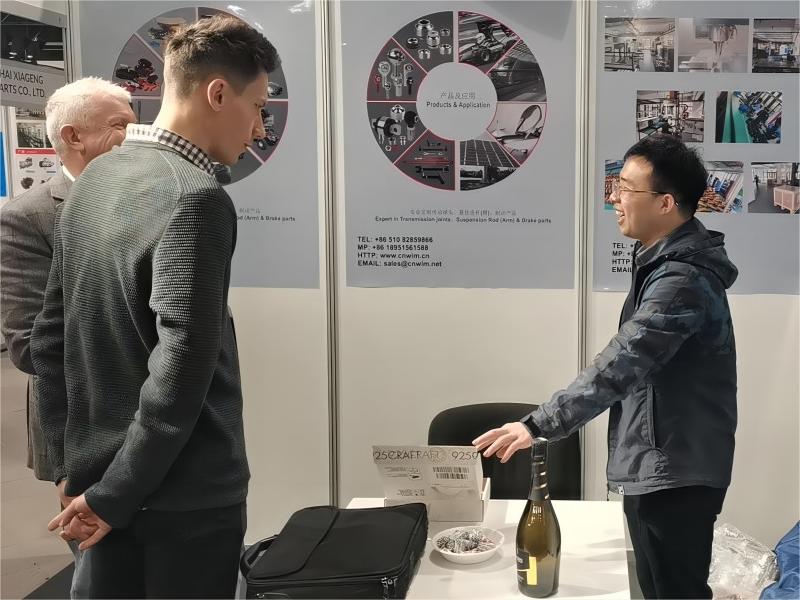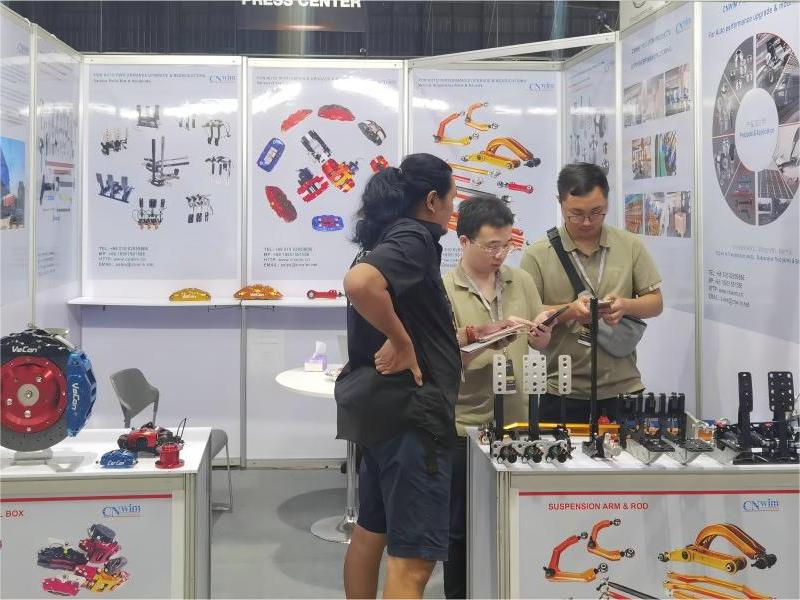ロッドエンドジョイントベアリングの将来の発展を分析
Rod end joint bearing is a mechanical component that combines a rod end (threaded rod) and a joint bearing, and is widely used in occasions where it is necessary to transmit loads, adapt to angular deflection and compensate for installation errors. Its flexibility and reliability make it a key component in modern mechanical systems. The following is an analysis from two aspects: application fields and technical development:
一. Application Fields of Rod End Joint Bearings
- Construction Machinery
- Typical Scenarios: Hydraulic system connecting rods and suspension devices of equipment such as excavators, loaders, and cranes.
- Functions: It can withstand multi - directional loads, compensate for the installation deviations between the hydraulic cylinder and structural components, and reduce vibration and impact.
- Automotive Industry
- Applications: Steering systems, suspension links, and transmission control levers.
- Advantages: It provides high - precision motion control and can adapt to the dynamic loads and road unevenness during vehicle driving.
- Aerospace
- Key Roles: Aircraft landing gear, flap control systems, and engine control mechanisms.
- Requirements: It needs to meet the requirements of extreme working conditions such as lightweight, high - temperature resistance, and fatigue resistance.
- Shipbuilding and Ocean Engineering
- Uses: Rudder systems, propeller connecting rods, and deck machinery.
- Characteristics: It has anti - corrosion designs (such as stainless steel or surface coatings) to adapt to high - humidity and salt - fog environments.
- Industrial Robots
- Scenarios: Joints of robotic arms and connectors of end - effectors.
- Requirements: It requires high repeat positioning accuracy, low friction, long service life, and can support high - speed movement.
- New Energy Field
- Emerging Applications: Pitch control systems of wind turbines and solar tracking brackets.
- Challenges: It has to cope with temperature changes and wind loads in the long - term outdoor environment.
二. Technological Development of Rod End Joint Bearings
- Material Innovation
- Base Materials: The development is shifting from traditional bearing steels to high - strength alloy steels, titanium alloys, and ceramic composites, improving load - bearing capacity and corrosion resistance.
- Surface Treatments: The application of PTFE (polytetrafluoroethylene) coatings, DLC (diamond - like carbon) coatings, etc., reduces the friction coefficient and enhances wear resistance.
- Structural Optimization
- Compact Design: The geometric shape is optimized through finite element analysis (FEA) to achieve lightweight while maintaining strength.
- Sealing Technology: Integrated multi - lip seals or magnetic seals are used to prevent the intrusion of pollutants and extend the lubrication cycle.
- Manufacturing Process Upgrades
- Precision Machining: CNC (computer numerical control) machine tools and grinding techniques improve the accuracy of mating surfaces and reduce clearance.
- Additive Manufacturing: 3D printing is used for customized complex structures, shortening the development cycle.
- Intelligent and Monitoring Technologies
- Embedded Sensors: Strain gauges or wireless sensor nodes are integrated to monitor load, temperature, and wear status in real - time.
- Predictive Maintenance: By combining big data analysis, the bearing life can be predicted to reduce unplanned downtime.
- Green and Sustainable Development
- Self - Lubricating Technology: Oil - free lubricated bearings (such as graphite - inserted ones) are developed to reduce environmental pollution and maintenance requirements.
- Recyclable Materials: Environment - friendly alloys and biodegradable lubricants are used, in line with the trend of circular economy.
- Standardization and Globalization
- Unification of International Standards: Standards such as ISO and DIN promote product interchangeability and reduce the complexity of the supply chain.
- Cross - industry Collaboration: Cross - application of technologies between the automotive and aerospace industries (such as transplanting racing car bearing technology to the industrial field).
三. Future Development Trends
- Adaptability to Extreme Environments: Develop ultra - low - temperature/high - pressure bearings suitable for deep - space exploration and deep - sea equipment.
- Intelligent Integration: Deeply integrate with the Internet of Things (IoT) to achieve real - time health management.
- Multidisciplinary Integration: Combine bionics (such as shark - skin - inspired drag - reducing surfaces) and nanotechnology to improve performance.
- Customized Services: Provide personalized solutions for emerging fields such as new energy and medical robots.
Summary
As the "flexible joints" of mechanical transmission, the technological progress of rod end joint bearings is closely related to industrial demands. In the future, with the boom of fields such as intelligent manufacturing and green energy, their application scenarios will expand further. Breakthroughs in materials science and digital technologies will drive the development of rod end joint bearings towards higher efficiency, intelligence, and durability.




